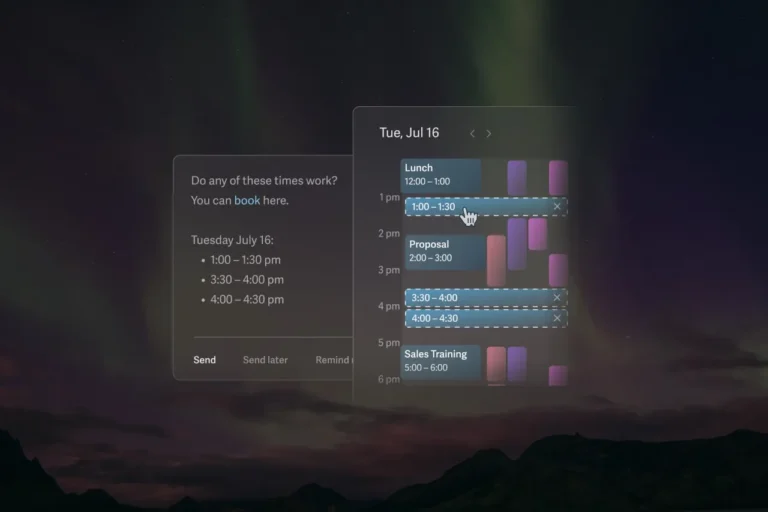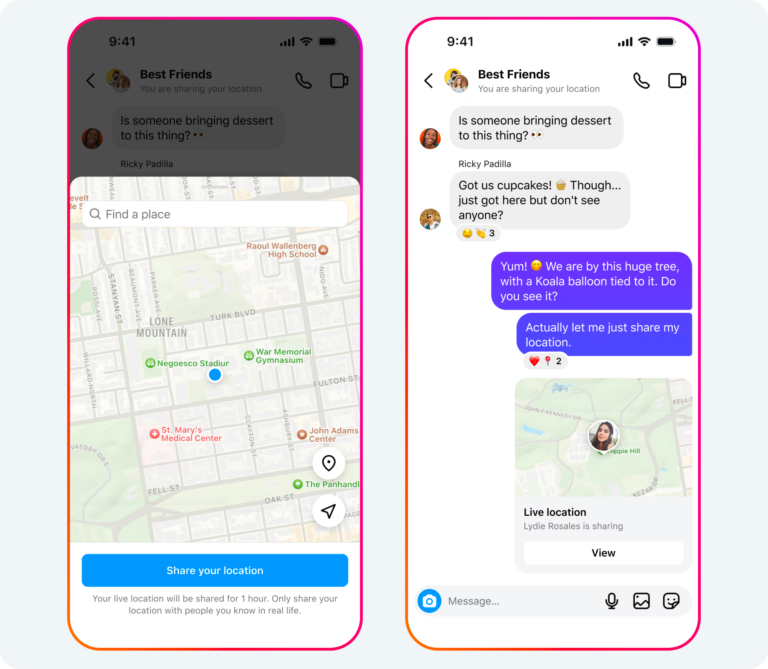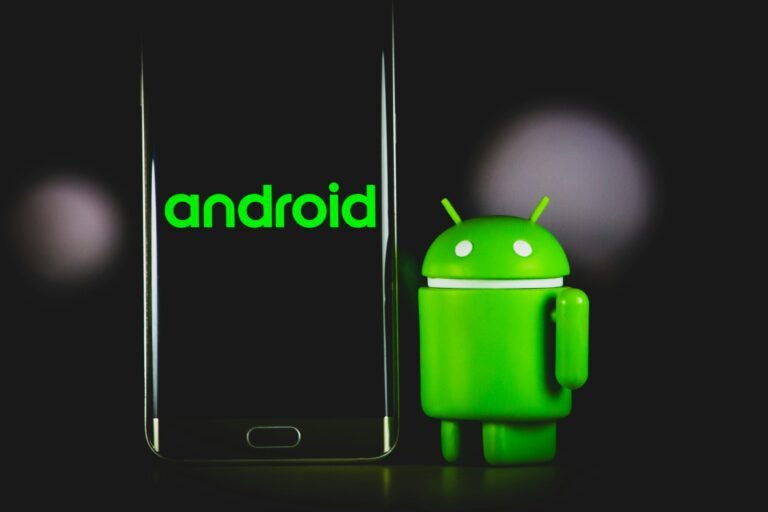Trending post
Apple’s AirPods have dominated the market for wireless earbuds for a few years running, thanks to seamless user experience, excellent audio quality, and, in the case of the AirPods Pro, leading-edge active noise cancellation. For many of them, they are almost a must-have accessory, especially during travel, as their noise-canceling feature is helpful in creating a peaceful environment, even on a noisy flight.

the company has recently introduced the feature into its second-generation AirPods Pro, which transforms it into something more than just a luxury item-it happens to turn out to be an FDA-approved hearing aid. It may just change the whole scenario of the entire hearing aid market, which till now used costly equipment costing in the thousands.
A Major Health Shift: AirPods Pro as Hearing Aids
Introduced at Apple’s September event, the new AirPods Pro can now serve as a clinically validated hearing aid. Traditional hearing aids put consumers back on average at $2,500, and the AirPods Pro retail for just $350, which may be a game-changer for those who otherwise would have to give up treatment for it because of cost. World Health Organization estimates over 1 billion young people to fall in the risk of hearing loss, and Apple is targeting this zone, both at prevention and treatment.

Two more features were launched along with its hearing aid feature: a hearing test and hearing protection. The hearing test is a quick, clinically validated assessment of a user’s hearing to figure out whether they are incurring hearing loss. It takes just five minutes in a quiet environment, with results stored in the iPhone’s Health app. Even results can be shared with audiologists for further evaluation. Hearing protection is another feature that employs machine learning algorithms to monitor ambient noise and protect the user by lowering the volume of those specific loud noises-such noises that can come from construction or an engine sound.
Innovative Technology and Impact on Hearing Health
It was only when Apple established itself with first-generation AirPods Pro, displaying spectacular active noise cancellation and transparency modes, that the company could step into the domain of hearing health. As Senior Vice President of Hardware Engineering at Apple, John Ternus has been quoted saying, “We just realized that these technologies would be directly applicable to health applications.”. Active noise cancellation prevents everything from subway noise to the hum of airplane engines from being heard. It helps guard ears against prolonged exposure to dangerous loud sounds.
The transparency mode also works well, giving users the ability to hear clear sounds, whether it is speech or music, and can send unwanted, jarring noises to the electronic filter. It is one of Apple’s core hearing aid technologies. Using the H2 chip and very sophisticated AI algorithms to amplify sounds where they are needed, it amplifies the user’s hearing while keeping the clarity intact and undistorted.
Tested and Trusted: How the AirPods Pro Hearing Test Works
The AirPods Pro’s hearing test is intended to make self-evaluation accessible for its users in the comfort of home. According to Dr. Sumbul Desai, Apple’s Vice President of Health, the hearing test is clinically validated-meaning it’s as good as if one were to do these tests at the doctor’s. However, Dr. Desai is quick to clarify that this feature is suited for people with mild and moderate hearing loss. For the severe hearing loss, the professional audiologists have much more tests that they can do and also offer customized solutions to the client.
Importantly, this test for hearing can prove to be very useful in creating awareness regarding a condition that generally goes unnoticed by people. Some hearers may have mild hearing loss and not realize it until it worsens. With AirPods Pro, users can easily take such a test and know the feedback on their hearing health. This might make the difference in early intervention to correct the hearing issues before they become major problems.
Limitations and Future Potential
It is, however, important to note that these new hearing health features will only be available for users with the second generation of AirPods Pro – launched in September last year and equipped with H2 chip. The first generation of AirPods Pro, and standard AirPods, are not on the list. As for whether Apple has plans to make such features available on their over-ear AirPods Max, that has been left unanswered.
However, from all of these features, the most significant difference made in personal tech devices can be noted-which is the evolution of an Apple Watch or AirPods Pro from the status of a fashion gadget most people do not find crucial to a device that gradually becomes critical for one’s health. In other words, with its integration of technology into everyday items, Apple is making health care more accessible but also allowing the patient to take ownership of their health care.
source: forbes













